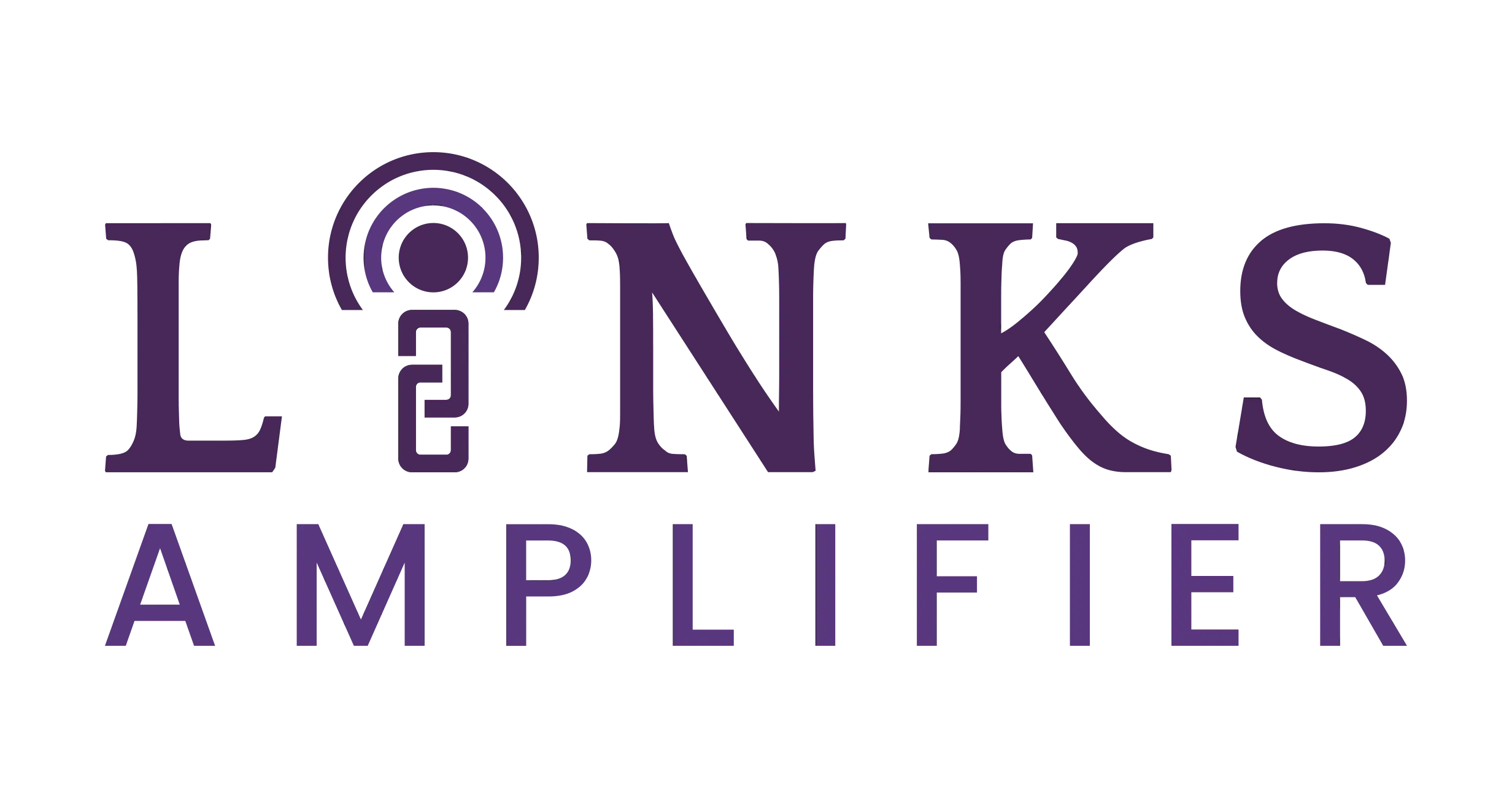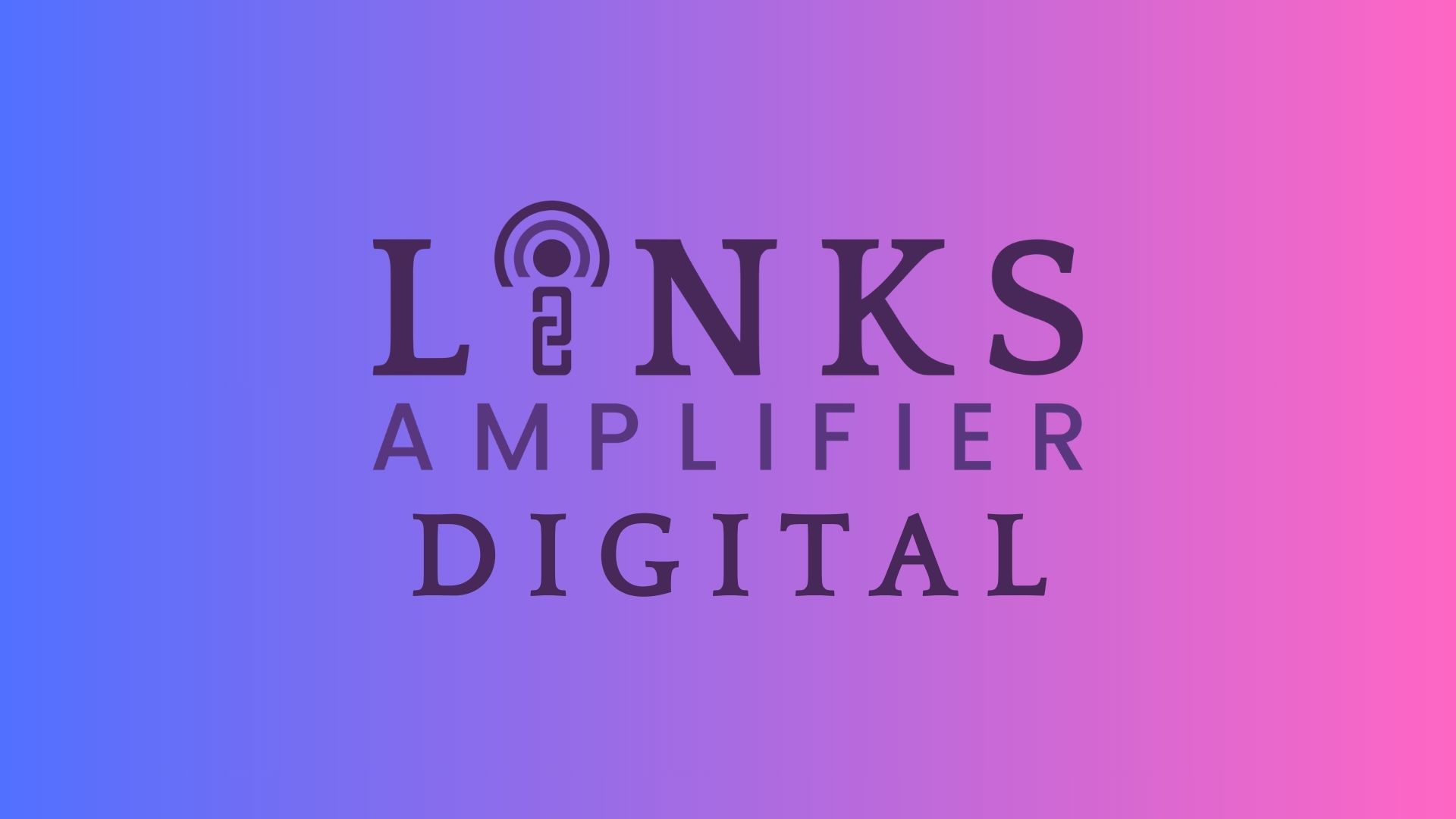In the constantly changing field of search engine optimization, professionals face challenges that can make or break their success. Four primary factors often come into play: speed, indexing, links, and content. While each element is vital, the most pressing challenge is striking a balance between speed and content quality, as both directly impact user experience and search engine rankings.
Speed is essential for retaining visitors, but content remains king in drawing and sustaining traffic. Additionally, effective indexing and quality backlinks further enhance visibility. The interplay among these factors creates a multifaceted challenge that requires careful consideration and strategic planning.
As SEO strategies evolve, understanding which challenges to prioritize can lead to better outcomes. Navigating these complexities effectively allows businesses to optimize their websites and gain a competitive edge in search results.
The Impact of Speed on SEO Performance
Page speed isn’t just a technical detail; it directly contributes to SEO performance. A slow-loading site can lead to higher bounce rates, lower engagement, and ultimately, lost rankings. As Google continues emphasizing user experience, speed has become a key ranking factor, especially on mobile.
Why Page Speed Matters
Page speed measures how fast content loads when someone lands on your site. Google recommends a load time of under two seconds. Exceed that, and users are likely to click away—especially on mobile devices with shorter attention spans.
A slow site frustrates users and signals to search engines that your site may not offer a good experience. This can hurt your visibility in search results and lead to fewer conversions, even if your content is solid.
How Google Measures Speed: Core Web Vitals
Google’s Core Web Vitals focus on three key metrics that impact how users perceive your site’s speed and usability:
- Largest Contentful Paint (LCP): Measures loading performance.
- First Input Delay (FID): Measures interactivity.
- Cumulative Layout Shift (CLS): Measures visual stability.
Sites that perform well across these metrics are more likely to rank higher, especially in competitive niches.
Best Practices for Speed Optimization
To meet modern speed expectations:
- Compress and convert images to next-gen formats like WebP.
- Minimize HTTP requests and defer non-critical JavaScript.
- Implement lazy loading for multimedia elements.
- Leverage browser caching and use a reliable Content Delivery Network (CDN).
These techniques reduce load time, improve crawlability, and enhance overall user experience.
Navigating the Complexities of Indexing
No matter how optimized or valuable your content is, it won’t drive traffic unless it’s indexed. Indexing is the process that makes your content visible in search engine results. If your pages aren’t in Google’s index, they might as well not exist to users searching online.
How Search Engines Index Content
Search engines use crawlers—automated bots that scan websites and follow links—to discover and catalog web pages. Once a page is crawled, it’s evaluated for content quality, structure, and relevance, then added to the index (if it meets quality standards).
Key factors that support successful indexing include:
- A clear site structure that helps crawlers navigate efficiently.
- Strong internal linking to connect important pages.
- An accurate robots.txt file that doesn’t block essential content.
- An up-to-date XML sitemap submitted through Google Search Console or Bing Webmaster Tools.
Search engines also consider domain authority and update frequency. Sites that are regularly refreshed with high-quality content tend to get crawled and indexed more often.
Common Indexing Issues and How to Fix Them
Several technical issues can prevent or delay indexing. Here are the most common ones and how to address them:
- Duplicate Content: Pages with duplicate or near-duplicate content can confuse search engines and lead to indexing issues. A good way to resolve this is by using canonical tags to indicate which version should be prioritized in indexing.
- Blocked Pages: Important pages may be unintentionally excluded from indexing due to improper robots.txt directives or noindex tags. To resolve this, audit your access settings to ensure important pages are fully crawlable and indexable.
- Crawl Errors: Issues such as broken links, server errors, and slow-loading pages can prevent search engines from successfully crawling your site. To fix this, use tools like Google Search Console to track and address errors quickly.
- Thin or Low-Quality Content: Pages with insufficient or low-value content are less likely to be indexed or ranked well. Improve this by auditing and enhancing content to ensure it offers clear value to users.
Proactive Steps for Better Indexing
Consistent technical audits and monitoring are essential for long-term indexing health. Use tools like:
- Google Search Console for live index status, coverage reports, and sitemap submissions.
- Screaming Frog or Sitebulb for in-depth crawl diagnostics.
- Ahrefs or SEMrush to uncover orphaned pages and indexing gaps.
Link Building and Its Effect on SEO
Backlinks remain one of the most influential signals in search engine algorithms. When done right, link building drives organic visibility, builds authority, and enhances discoverability across your entire domain.
Why High-Quality Backlinks Matter
Not all backlinks are created equal. A single link from a trusted, niche-relevant site carries far more SEO weight than dozens from low-authority or unrelated domains. Quality backlinks act as endorsements—signals that your content is valuable, credible, and worthy of ranking.
Search engines evaluate several factors to determine link quality:
- Domain authority of the linking site
- Topical relevance between source and target pages
- Anchor text context and placement within content
- Traffic and engagement metrics on the linking page
Low-quality or manipulative links can do more harm than good. In worst cases, they can lead to manual penalties or algorithmic devaluation, especially if they appear unnatural or spammy.
Proven Strategies to Earn Authoritative Links
Effective link building isn’t about shortcuts or automation. It’s about earning links through genuine value and strategic outreach. Top tactics include:
- Creating data-backed studies or in-depth resources that others cite.
- Guest posting on niche-relevant websites.
- Digital PR to earn editorial mentions.
- Tracking competitor backlinks and identifying missed opportunities.
- Engaging in link exchanges with relevant, trustworthy sites.
Modern link acquisition prioritizes genuine collaboration and avoids schemes.
Link Building Today: Trust Over Tricks
Modern link building is about credibility, not manipulation. Google’s algorithms are more sophisticated than ever, rewarding authenticity and penalizing tactics that attempt to game the system.
Avoid:
- Buying links or engaging in link exchanges at scale
- Using keyword-stuffed anchor text
- Building links on PBNs or irrelevant directories
Instead, focus on earning links that align with your brand and content goals that reflect real interest, usefulness, and editorial choice.
Content: The Cornerstone of SEO
While technical SEO lays the foundation, content is what drives sustainable, long-term visibility. At its core, Google’s mission is to deliver the most relevant and useful information to users, making content the single most important factor in ranking success.
Crafting Content That Ranks
High-performing content isn’t just keyword-stuffed—it’s strategically created to inform, engage, and solve real user problems. To build content that ranks and resonates, focus on:
- Keyword research with search intent in mind.
- Engaging, well-structured content that solves problems.
- On-page SEO best practices such as descriptive headers, internal links, and metadata.
- Regular content updates to maintain relevance.
Content must satisfy both the algorithm and human curiosity to perform well.
Balancing Keyword Targeting with User Intent
One of the most common mistakes in SEO content is keyword overemphasis without understanding intent. Search engines now prioritize how well your content satisfies the underlying goal behind a query.
Types of Search Intent:
- Informational: The user is looking to learn something (e.g., “how to optimize page speed”).
- Navigational: The user wants to find a specific site or brand (e.g., “Ahrefs blog login”).
- Transactional: The user is ready to take action (e.g., “buy SEO tools,” “best CRM for startups”).
Aligning your content with the right intent means more than just using the right keywords—it’s about matching the format, tone, and depth of information to what the user expects.
Examples:
- For informational queries, offer detailed guides or FAQs.
- For transactional intent, create comparison pages or product reviews.
- For navigational, provide concise brand or product pages that load fast and are easy to find.
Many SEO strategies fail to understand and apply search intent. This misalignment often reveals a deeper, more complex challenge: consistently creating content that satisfies both user needs and evolving algorithm standards.
What Is the Biggest SEO Challenge in 2025?
Identifying the single biggest challenge is complex, with all elements playing critical roles. However, the prevailing SEO landscape suggests that content remains the most significant challenge overall, especially when viewed through the lens of strategy, consistency, and quality.
Here’s why:
- AI-generated content is flooding the web, making originality and authority harder to establish.
- Search engines are rewarding experience and first-hand insights (as reflected in Google’s EEAT guidelines).
- Without valuable content, speed, links, and indexing efforts have little to support.
That said, content doesn’t operate in isolation. It must be:
- Appropriately indexed to be found.
- Fast-loading to retain attention.
- Supported by links to gain credibility.
However, content creation requires the most sustained effort and creativity. Crafting valuable, relevant content that adapts to evolving search intent and algorithm updates demands strategic thinking, niche knowledge, and ongoing effort.
Conclusion
Speed, indexing, links, and content are all interdependent pillars of modern SEO. Ignoring any one of them can limit your site’s performance. However, if there’s one area that consistently emerges as the linchpin for success, it’s content.
In 2025, the bar for content is higher than ever. Search engines reward depth, relevance, and trust. Content shapes the user experience, drives backlinks, and is the foundation for every SEO initiative.
That said, no single factor should be optimized in a vacuum. The biggest SEO challenge isn’t simply choosing between speed, indexing, links, or content—but mastering how they work together to serve both the algorithm and the audience.


